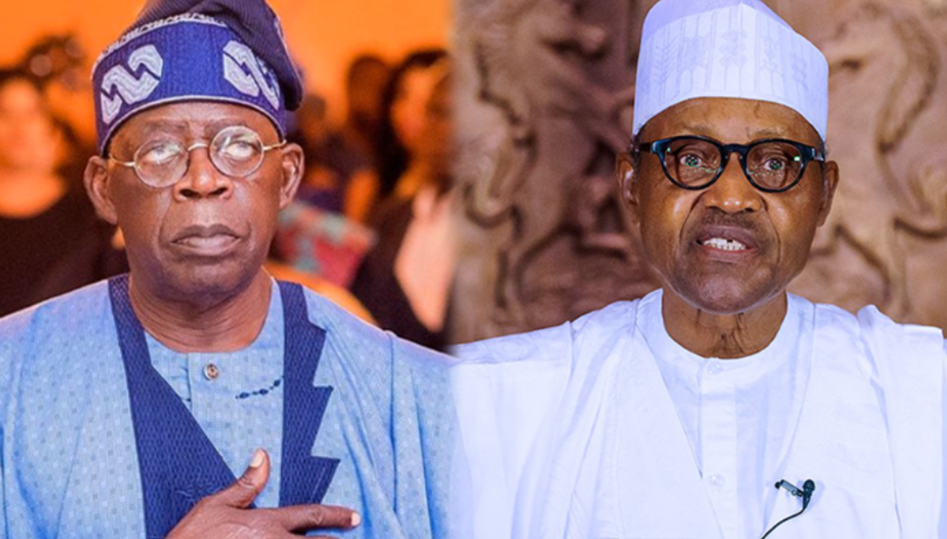
Since the dawn of Nigeria’s Fourth Republic in 1999, the seat of power in Aso Rock has passed from one hand to another like a sacred staff in a village of restless chiefs — each leader bearing promises as heavy as iron and dreams as bright as flame.
From military shadows to democratic dawns, the nation’s soul has danced to the rhythms of reform, ruin, and revival.
Some presidents soared on the wings of hope; others crawled through the mud of missed chances.
But in this long political pilgrimage, one question lingers like the last ember in a dying fire: Who among them truly lit the path forward, and who merely chased shadows?
1. Olusegun Obasanjo (1999–2007)
Tenure: 8 years (2 terms) Party: People’s Democratic Party (PDP)
Obasanjo took office in 1999 after nearly 16 years of military rule. His administration was largely focused on economic reforms and restoring Nigeria’s global image. He spearheaded the debt relief program that saw Nigeria cancel over $18 billion in external debt through negotiations with the Paris Club.
Major achievements of Obasanjo’s presidency were containing the domestic turmoil permeating Nigeria by keeping control of the military. He helped to form the African Union, and he liquidated the country’s external debt. In December 1999, his approval rating was at 84%; by 2001, it was at 72%; and by September 2003, it had fallen to 39%.
Other Key Achievements:
- Launch of the National Economic Empowerment and Development Strategy (NEEDS)
- Privatisation of key state-owned enterprises
- GSM revolution that improved telecommunications access
- Establishment of the EFCC and ICPC to fight corruption
While Obasanjo laid down some economic foundations, most Nigerians still grappled with poor infrastructure, power outages, and rising poverty.
However, during his tenure, the hope of democracy and reform was high. Although he was repeatedly accused of corruption throughout his career, he has always maintained that his dealings were honest.
2. Umaru Musa Yar’Adua (2007–2010)
Tenure: 3 years (died in office) Party: PDP)
Yar’Adua is remembered for his humility and his Seven-Point Agenda, which focused on infrastructure, power and energy, food, security, wealth creation, transport, land reforms, and education. The administration did not realise this agenda due to his illness and death.
Though his tenure was cut short, he is credited with being transparent and declaring his assets publicly. He publicly revealed that he had ₦856,452,892 in assets, ₦19 million of which belonged to his wife, and ₦88,793,269.77 in liabilities.
Under Yar’Adua, Nigeria’s oil-rich Niger Delta became increasingly militarised and insecure. Scores of civilians were murdered by armed gangs and security forces in 2007.
Also, in 2009, Boko Haram launched an attack on a police station in Bauchi State, and clashes between the militants and the Nigerian Police Force erupted in Kano, Yobe and Borno.
Key Achievements:
- Amnesty Programme for Niger Delta militants, reducing oil-related violence
- Initiated power sector reforms
- Restored the rule of law as a core principle of governance
Yar’Adua’s leadership was seen as calm and visionary. However, his health problems hindered the full implementation of reforms. Nonetheless, his commitment to due process gained public respect.
3. Goodluck Jonathan (2010–2015)
Tenure: 5 years (Vice President 2007–2010, President 2010–2015) Party: PDP
Jonathan assumed office after Yar’Adua’s death and won a full term in 2011. His era witnessed mixed reviews. He was praised for electoral reforms but heavily criticised for handling of corruption and insecurity, particularly the rise of Boko Haram.
Under Jonathan’s administration, Nigeria became the largest economy in Africa by overtaking South Africa and Egypt. The Jonathan administration oversaw the construction of new railways in the country. It also managed the construction and beautification of several federal roads including the construction of the second Niger Bridge.
Jonathan’s government has largely been described as corrupt. According to The Economist, corruption flourished under the Jonathan administration, “who let politicians and their cronies fill their pockets with impunity.”
Other Key Achievements:
- Electoral reforms that improved the credibility of elections (2011 seen as relatively free and fair)
- Establishment of Almajiri schools in Northern Nigeria
- Advocacy for women in politics (35% Affirmative Action)
- Growth of the Nollywood and tech sectors under his administration
Nigeria’s economy became Africa’s largest under Jonathan, but corruption scandals like the fuel subsidy scam dented public trust. Boko Haram’s abduction of the Chibok girls also marked a turning point in his public image.
4. Muhammadu Buhari (2015–2023)
Tenure: 8 years (2 terms) Party: All Progressives Congress (APC))
Buhari’s return to power as a former military ruler was met with optimism, especially due to his anti-corruption stance. However, his administration is often criticised for economic stagnation, worsening insecurity, and an over-centralised leadership style.
Buhari was also elected because he pledged to enhance security in Nigeria. After this announcement, Buhari’s approval ratings skyrocketed, largely due to Jonathan’s apparent inability to fight Boko Haram. Under his leadership, the economy averaged a growth rate of 0.9%, and unemployment was at an all-time high.
His tenure was marked by several medical leaves and he was slow to solve problems he mentioned during his campaign. In the first year of the administration, Naira depreciated in the black market and by 2016, the country’s economy had declined by 1.6% and in that same year, the government announced a rise in the official pump price of petroleum.
Key Achievements:
- Social Investment Programmes like N-Power and TraderMoni
- Infrastructure investments (railways, roads, airports)
- Development of the Anchor Borrowers Programme to support agriculture
- Partial removal of fuel subsidy (2022)
Despite early enthusiasm, Nigerians endured two recessions, rising inflation, and fuel scarcity. Kidnappings and banditry escalated and many felt Buhari’s fight against corruption was selective and ineffective.
5. Bola Ahmed Tinubu (2023–Present)
Tenure: In office since May 2023 Party: APC
Tinubu’s presidency is still in its early stages, but it began with swift economic reforms, including the removal of fuel subsidy and the unification of exchange rates. These bold moves have earned praise from financial analysts but also caused significant hardship for ordinary Nigerians.
In August 2023, he advocated for military intervention into Niger during the 2023 Nigerien crisis and on 29 May 2024, Tinubu signed into law an act readopting Nigeria, We Hail Thee, which was the country’s national anthem from 1960 to 1978, as its national anthem, replacing Arise, O Compatriots.
Key Achievements So Far:
- Elimination of fuel subsidy and forex reforms
- Renewed push for foreign investment and local manufacturing
- Attempting to overhaul taxation and the civil service
Under Tinubu’s leadership, the cost of living has skyrocketed, with fuel prices and food costs soaring. Nigerians are hopeful but sceptical, watching to see whether his long-term policies will ease their burden.
Who Has Performed Better?
Determining the “best” president will be hard because each faced unique challenges. Obasanjo laid the most visible economic groundwork. Yar’Adua, though brief, offered morally grounded leadership. Jonathan boosted education and tech but struggled with security. Buhari had infrastructure wins but failed to stabilise the economy, and Tinubu is still being assessed.
However, the worsening state of poverty, insecurity, and poor education outcomes shows that while we’ve had progress, we are far from the democratic and developmental goals Nigerians were promised in 1999.


)
)




